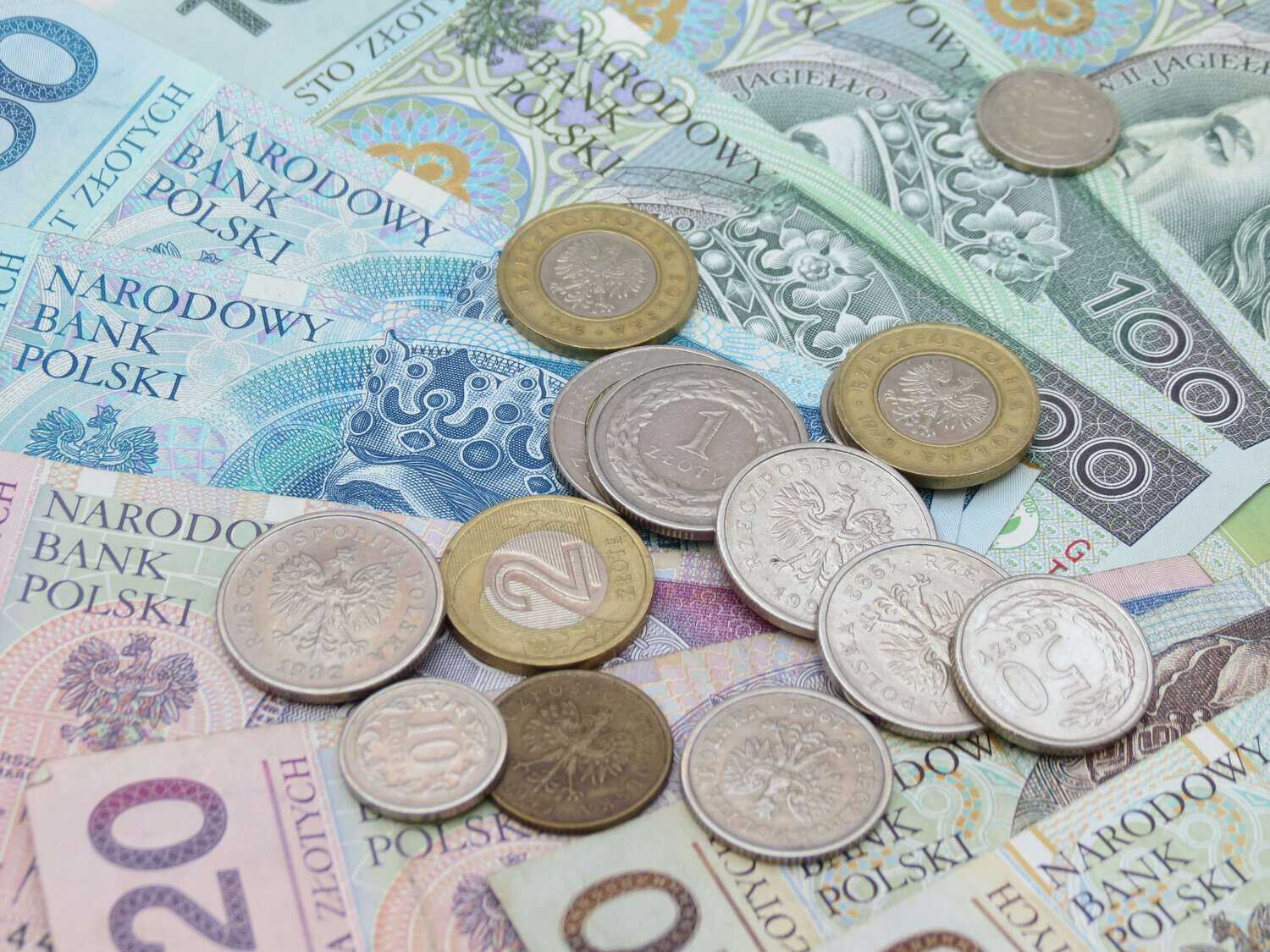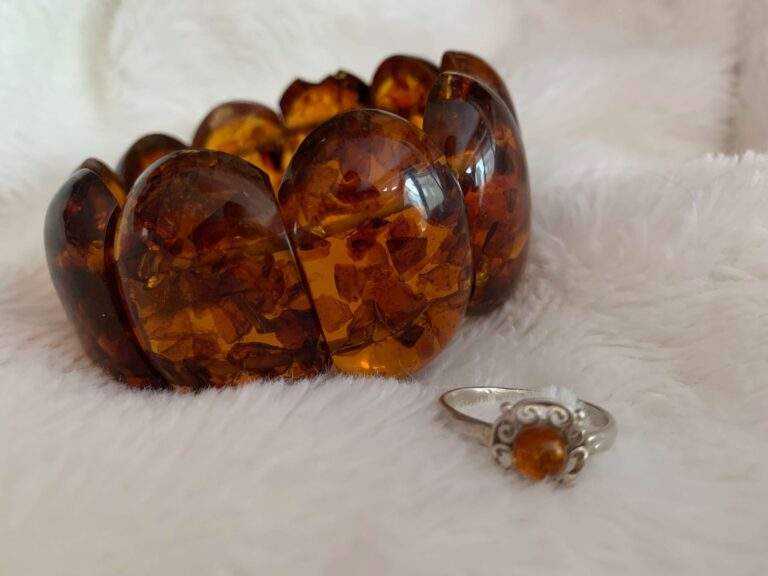Your Ultimate Pocket Guide to Understanding Polish Currency
Introduction to Polish Currency
Poland has its own currency called Złoty. In this article I’ll help you understand Polish currency. You will learn:
- What currency Poland uses
- All Polish currency denominations
- Practical uses of Poland currency
- Tips for currency exchange
- Handling cash in Poland
What is Poland Currency?
The Złoty (PLN after 1995), denoted as “zł”, remains the official currency of Poland, despite the country’s membership in the EU. Currently, there are no plans to adopt the Euro.
It’s crucial to understand that Poland does not use a dual currency system; therefore, the Złoty is the only legal tender.
However, euros and dollars are accepted in major cities in certain places. Paid toll booths between major cities (particularly around Krakow) accept all three currencies as payment.
Dealing with Poland Currency
For travelers, adjusting to a new currency can be daunting, with the main issue being the exchange rate. We all try to do the rate conversion in our heads, but sometimes we fall short.
I do have a trick I’ve always used.
The Polish zloty has been pretty consistent as 1 zloty=.25 cents. So 4 zloty=$1 dollar on average for the past three decades. Yes, it fluctuates and sometimes the drops have been a bit more extreme, but this is my general rule of thumb.
It’s about the same for Euro conversion at the moment. And for British pounds it’s about .20 pound sterling.
- 1 Polish Złoty (PLN) = $0.25 USD
- 4 Polish Złoty = $1.00 USD
- 1 Polish Złoty ≈ €0.23 EUR (approximately the same as USD)
- 1 Polish Złoty = £0.20 GBP
- 1 Polish Złoty = $0.34 CAD
So what are the coins and bills like?

Currency of Poland: Understanding Polish Coins
We have grosze and zlotowki. Technically all the currency is called złoty.
Groszy are like pennies, available in coins. Any amount under 10 złoty is also coins and called złoty or złotowki.
Banknotes start at 10 zloty.
Groszy Coins
Poland’s currency includes several coins known as groszy (similar to pennies or cents), which come in denominations of:
- 1 grosz
- 2 grosze
- 5 groszy
- 10 groszy
- 20 groszy
- 50 groszy
One Złoty is equivalent to 100 groszy. These coins are clearly marked to avoid confusion.
The images on all coins depicts the denomination of the currency with oak leaves and an eagle on either side.
Practical Uses of Polish Groszy
Although of low value, groszy coins are still useful in everyday transactions:
- Paying for public toilets, particularly at tourist sites outside major cities. This is less common today, and some places you may end up paying up to 1 zloty. But it’s good to keep some change in groszy.
- Small purchases where exact change is preferred
It is advisable to be cautious with using groszy for tips, as tipping with small denominations can be perceived as insulting. It really is just pennies and I don’t tip with this and don’t recommend anyone does.
Handling Change in Groszy
Expect to receive groszy as change during cash transactions. You may end up collecting these coins as souvenirs or storing them until your next visit.
Polish Currency: Złoty Coins and Banknotes
Polish Złoty Coins
The Złoty coins are available in:
- 1 złoty
- 2 złoty
- 5 złoty
Polish Banknotes
Polish banknotes are distinct and easy to identify, available in:
- 10 złoty
- 20 złoty
- 50 złoty
- 100 złoty
- 200 złoty
- 500 złoty (introduced in 2015)
Polish banknotes are not only functional but are also considered works of art, showcasing important historical figures and national landmarks. They are available in:
- 10 Złoty: (bronze banknote)- Features Mieszko I, the first ruler of Poland, symbolizing the beginning of the Polish state.
- 20 Złoty: (purple banknote) Depicts King Bolesław I the Brave, who established the Polish Catholic Church, underscoring the religious and cultural growth of Poland.
- 50 Złoty: (blue banknote) Illustrates King Casimir III the Great, known for his legal reforms and strengthening the economy. Reverse displays royal power against background of Krakow.
- 100 Złoty: (green banknote) Features King Władysław II Jagiełło, the Teutonic coat of arms and Malbork Castle.
- 200 Złoty: (yellow banknote) Depicts King Sigismund I the Old, known for his patronage of the arts and renaissance influence. His coat of arms from the chapel at Wawel Cathedral in Krakow is features on the back.
- 500 Złoty: The newest and highest denomination, featuring King John III Sobieski, celebrated for his role in the Battle of Vienna. Coat of arms and palace on flip side.
Interesting facts about Polish currency
- The 20 zloty banknote has at least 8 versions, in various colors since 2008.
- There is a 19 zloty banknote released in October 2019
- Even though Poland joined the EU in 20024, in 2016, the Polish government decided against adopting the euro to retain its fiscal independence in the future.
- The coins are made from different metals or metal alloys (manganese brass, steel, copper, nickel and bronze mixtures).
- The naming of PLN is the PL coming from the word Polska (Poland) and Z representing zloty. PLN.
Acquiring Polish Currency
Before You Travel
Purchasing Złoty in your home country is advisable to avoid high airport exchange rates. Consider these methods:
- Buying at banks, post offices, or travel agents for convenience, though not always the best rate
- Using specialist foreign exchange services or online platforms which may offer better rates
Options in Poland
Upon arrival, the following options are available:
- ATM withdrawals, which might offer better exchange rates but come with potential fees. See your bank or credit card options before you leave.
- Currency exchange at banks or “kantor” exchange kiosks, which are widespread and typically offer competitive rates. You can find these in large and medium size cities. Look for ”KANTOR.”
Tips for Polish Currency Exchange
- Avoid airport and hotel exchanges where rates are less favorable
- Compare rates at various kantors, especially those away from main tourist spots for better deals
- Communicating with locals about money can improve your familiarity with the currency.
- Use your smartphone app to quickly convert Złoty to your native currency.
- Language Tips: Learn a few basic Polish phrases related to money, such as:
- “How much does it cost?” (Ile to kosztuje?)
- “Can I get change?” (Czy mogę dostać resztę?)
Safety Tips for Handling Cash in Poland
- Use Money Belts or Hidden Pouches: Carry cash in secure, concealed locations to prevent pickpocketing. Though pickpocketing isn’t rampant in Poland, it can happen anywhere, so street smarts are key.
- Avoid Flashing Large Amounts of Cash: Be discreet when handling money in public to avoid attracting unwanted attention.
- Utilize Hotel Safes: Store excess cash and valuables in a hotel safe whenever available.
Some Insights on Tipping and Cash Usage
- Restaurants and Bars: Typically, a tip of 10-15% is appreciated if service charge is not included in the bill. See my article on tipping in Poland.
- Taxis and Services: Round up to the nearest whole Złoty for taxi drivers; consider a small tip for personal services like hairdressing or spa treatments.
- Cash vs. Card: While card payments are widely accepted in larger cities, small businesses, rural shops, and local markets may prefer or only accept cash. Make sure you have some on you!
Quick Guidance: Navigating Financial Transactions During National Holidays or Non-working Days
- Plan Ahead: Be aware that banks and exchange services might be closed on national holidays.
- Cash Reserves: It’s advisable to have enough cash before holidays as ATMs can run out or incur long queues.
- Transaction Delays: Expect potential delays in transaction processing around holidays, impacting card and online payments.
The Polish Złoty (PLN) remains the exclusive currency of Poland, distinct from the Euro, despite the country’s EU membership.
There are no plans to transition to the Euro, allowing Poland to maintain its financial autonomy.
For transactions within Poland, understanding and using the Złoty—from recognizing its various denominations to handling everyday purchases—is essential.
READ MORE POSTS ABOUT TRAVEL, CULTURE AND FACTS IN POLAND
- Best Krakow to Auschwitz Tours
- Best Tours to Auschwitz from Warsaw You Can’t Miss
- What is Poland Famous For: Amazing Things Poland is Known For
- Krakow to Auschwitz: A Complete Guide
- How to buy PKP Intercity Tickets Online
- Best Polish Vodka from Poland-Your Complete Guide to Polish Vodka Brands
- Best cities in Poland to Visit
- Summer in Poland: Discover the Best Places to Visit
- The National Flower of Poland: Exploring the Significance of the Red Poppy
- Poland National Animal: An Intriguing Backstory
- Good Morning in Polish & Useful Polish Phrases
- Drinking Age in Poland: Insider Tips for a Smooth Experience
Join the
Poland Travel Group
Facebook Community
With nearly 7k members sharing everything there is to know about Poland







